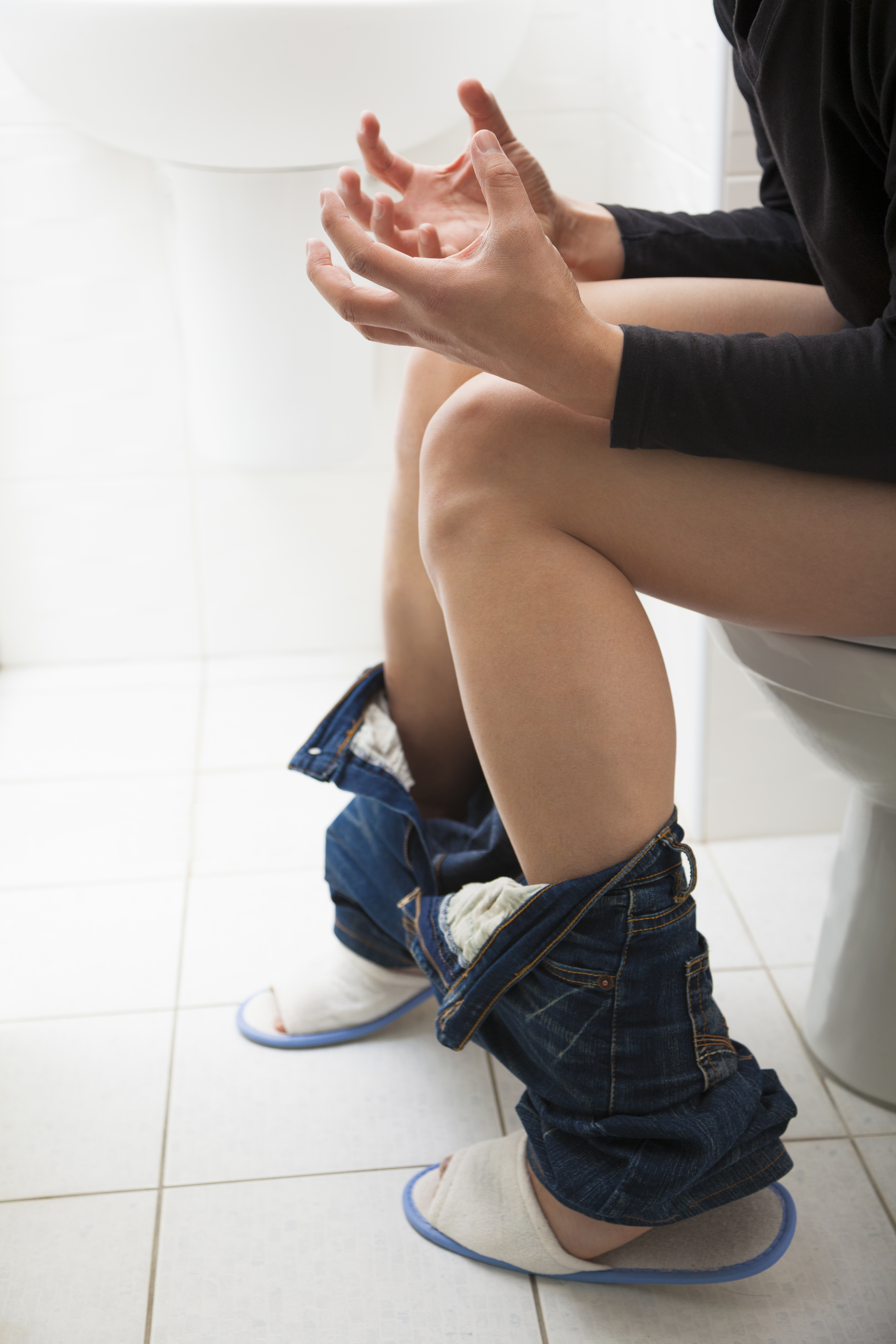- Inability to control bowel movements, especially among older adults.
- Usually not a serious medical problem but may seriously interfere with daily life. People with bowel incontinence may avoid social activities for fear of embarrassment.

DIAGNOSIS
Physician may do/request:
Endosonography. An ultrasound probe is inserted into the anus which produces images that can help recognize problems in the anal and rectal walls.
Nerve tests. Measure the responsiveness of the nerves controlling the sphincter muscles and detect nerve damage.
MRI defecography. Provide information about the muscles and supporting structures in the anus, rectum, and pelvis.
RECOMMENDED MEDICATIONS
Medicines that may reduce bowel movement:
Methylcellulose. May aid in making stool more solid and easier to control.
Exercises. Regular contraction of the the muscles used to control urinary flow (Kegel exercises) to build strength in the pelvic muscles which may reduce bowel incontinence.
Bowel training. Regular scheduling of bowel movements daily.
Provides feedback as a person does exercises to improve bowel control via A sensor is placed inside the anus and on the abdominal wall.
Surgery may be recommended for people whose bowel incontinence is not helped by noninvasive treatments. The types of surgery include:
Other non-surgical procedures:
Radiofrequency anal sphincter remodeling. Creates a mild injury to the sphincter muscles, which become thicker as they heal.
Injectable biomaterials. Materials such as silicone, collagen, or dextranomer/hyaluronic acid can be injected into the anal sphincter to boost its thickness and function.
Overview and FactsTypes and SymptomsDiagnosis & MedicationsOverview and Facts Tetralogy of Fallot is a congenital heart defect that affects the [...]
Overview and FactsTypes and SymptomsDiagnosis & MedicationsOverview and Facts Trichinosis, also known as trichinellosis, is a parasitic infection caused by [...]
Overview and FactsTypes and SymptomsDiagnosis & MedicationsOverview and Facts Trigeminal neuralgia is a neurological condition characterized by severe facial pain. [...]